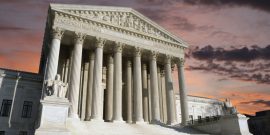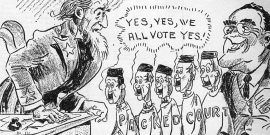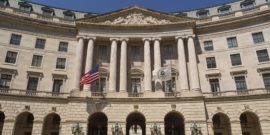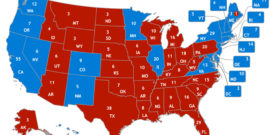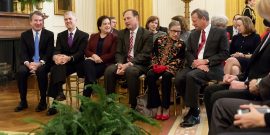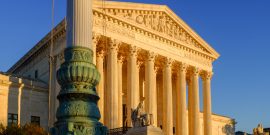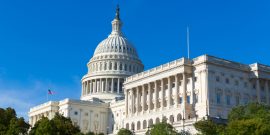The greater difficulty the courts have in writing a persuasive opinion on Trump's eligibility, the more discord in our politics will result.
Peter J. Wallison
In the student loan case, the Court did not have to make use of its recent agency-deference jurisprudence. But further developments may be coming soon.
A federal court is considering when government pressure on social media companies to censor information might cross the line into state action.
The Major Questions Doctrine could mark the end of Chevron deference and the beginning of a new era.
The Supreme Court's ruling in West Virginia v. EPA can be seen as a restoration of the Framers’ original constitutional vision.
Constraint or innovation in administrative control is only the first choice of many a president must make to address the vital issues of the day.
The Fifth Circuit's Jarkesy decision reflects the Supreme Court's renewed interest in challenging the administrative state.
Two cases confront the Supreme Court this term that could threaten the essential legal underpinnings of the federal administrative state.
The assumption that humans are the single most significant cause of climate change is unsupported by the available science.
US and other world leaders, who embarked on climate policies that scientists with relevant views do not fully endorse, are recklessly plunging ahead.
The National Popular Vote movement reflects a shocking failure to understand the consequences that would ensue should such a system go into effect.
William Barr has refused to pull his punches when discussing what could be one of the greatest political scandals in US history.
New litigants challenging the rules of the administrative state will be arguing in the future to a Supreme Court that is ready to listen.
The case could open the Court’s docket to a robust discussion of how much authority Congress can delegate to agencies of the administrative state.
Just as the courts played a role in weakening Congress over time, they can help force lawmakers to take up their constitutionally assigned tasks.
Peter J. Wallison is a senior fellow emeritus at the American Enterprise Institute. He was White House Counsel in the Reagan administration and the author of Judicial Fortitude: The Last Chance to Rein in the Administrative State (Encounter 2018)



